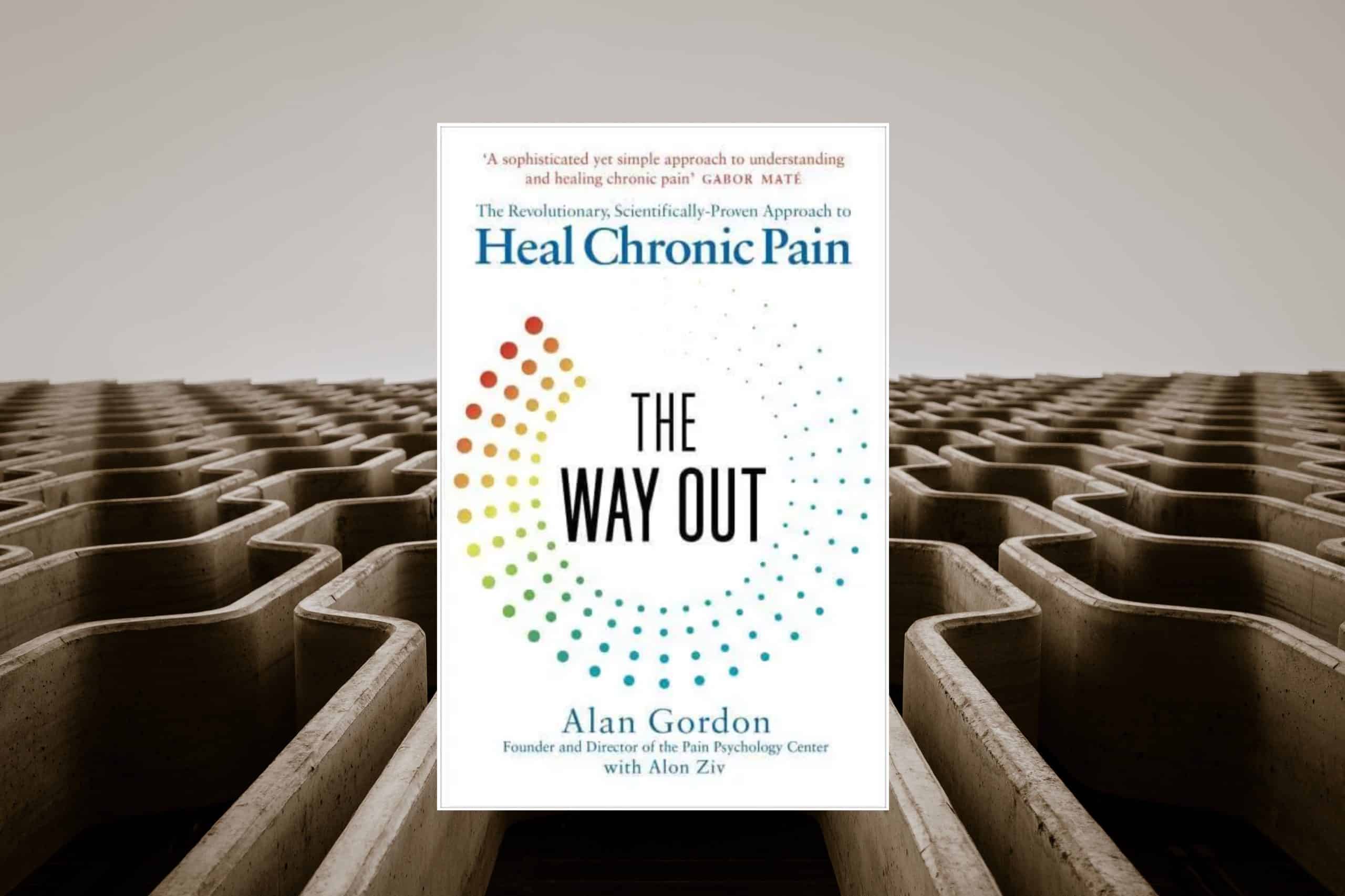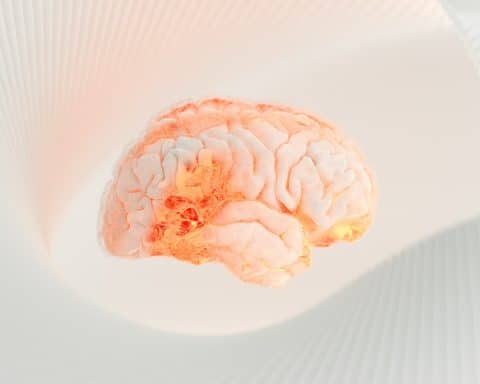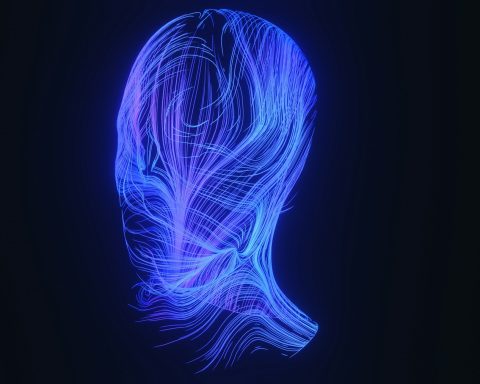Elke Hausmann is a salaried GP in Derby
In July 2023, I published a book review in BJGP life. The book was called ‘The Way Out – The Revolutionary Scientifically Proven Approach to Heal Chronic Pain’ by Alan Gordon with Alon Ziv.1
Alan Gordon summarises our current understanding of neuroplasticity and how this can be instrumentalised in chronic pain. He describes his approach as somatic tracking to rewire your brain. What it means is that in being attentive to pain, in a non-judgemental way, you can aim to break the fear-pain cycle which feeds the pathways in the brain that can perpetuate chronic pain. By breaking that cycle and cultivating new connections in the brain, chronic pain can be cured. I suggested this could be applied to other symptoms including those of Long Covid. Now, a year and a half later, I want to revisit this review. Let me explain.
There is something that’s called survivorship bias – a logical error where people who have recovered put down their recovery to something they have done. This gives people a false sense of agency.
As the title suggests, this book is about healing chronic pain. When I read it, I was struggling with ongoing Long Covid symptoms, and was looking for a ‘way out’. Much in the book seemed to me to have the potential to apply to Long Covid (LC) symptoms as well as chronic pain. I wanted hope. Emotions can be a terrible guide to clear thinking – unless you really understand your emotions.
Re-reading my review, I can tell that I was very careful even then not to present this approach as a ‘cure’ for Long Covid, but as a promising approach to manage symptoms better while waiting for a cure. And I was making clear that much of the suffering that people with Long Covid endure is due to societal attitudes to their symptoms (those attitudes that put the blame for ongoing symptoms onto the ill person, including the infamous ‘it’s all in their heads‘).
However, I have learnt so much since I wrote this review. At the time, I still had the hope that recovery might be somehow within my control, if only I found what I needed to do. A healthy body is a body that just works in the background and is experienced as being under the control of the mind. An unhealthy body suddenly cannot be controlled, it does its own thing.
Time has shown me that there is nothing I can do to make my body healthy again. One and a half years later, post-exertional malaise (PEM)2 is still my main functionally limiting symptom. And that is despite being a lot more at ease within myself now, emotionally. It is hard work learning to live with a chronic illness, and whilst it is devastating, it can sometimes also be rewarding, as many recovery stories attest. When looking at many of them more closely, those stories may actually be more about emotional or spiritual renewal than actual physical recovery, and this is their appeal for a wide range of readers who may not be ill themselves. They perpetuate the belief of the person with the healthy body that health and illness are somehow within their control. Reducing stress might reduce some symptoms, like tension headaches or sleep. It may make people feel better. So it is not that it has no effects. However, none of it is going to restore an unwell body to good health.
Sometimes, the chronically ill body can heal. Much of the time we don’t understand yet why that is, but it is likely that it is mostly completely unrelated to what an ill person does or thinks. There is something that’s called survivorship bias – a logical error where people who have recovered put down their recovery to something they have done. This gives people a false sense of agency. And unfortunately, many of them are going on to proselytize and present their way as ‘The way’ for other unwell people to follow if they want to recover. This puts a lot of pressure on people who don’t recover. And we see this a lot, most recently in Miranda Hart’s book on her recovery from chronic lyme induced ME (as she understands her illness).3
Over the last 18 months, I have learnt much about one group of patients who have been at the receiving end of this for many years, in some cases for decades. Women and men living with myalgic encephalomyelitis, or ME. There are some excellent resources online now about the history of ME, particularly in this country, that explain why so many years after ME was first described, we are still no closer to understanding the underlying pathophysiological mechanisms or finding a cure.4,5 We don’t even know how to manage many of the symptoms.
Much of this is because of a systematic movement that tried to present the physical symptoms of ME as being of psychological origin, which could be treated with psychological approaches. Because there has been so little funding for biomedical research into this illness, the door has been left wide open for alternative approaches to healing this disease. And many of them – hey presto – promise treatments akin to brain reprocessing as presented in the book I had reviewed. One of them is the Lightening Process – in the revised NICE guidelines on ME from 2021 it states clearly that the Lightening Process or therapies based on it should not be offered to patients.6 Another one is the approach promoted by the Optimum Health clinic which Miranda Hart has referenced.7
In retrospect I feel that I was quite naïve when I wrote my review. Even as a doctor, I wanted to believe that there was something out there that would help me, as much as any of the other patients who are taken in by the promises of the shiny websites, YouTube and TikTok videos, and clinics that offer treatments promising recovery, and usually for a lot of money.
In retrospect I feel that I was quite naïve when I wrote my review. Even as a doctor, I wanted to believe that there was something out there that would help me…
My training as a doctor probably made it even more likely that I would think that psychological approaches might be plausible, as the little I had learned about ME, or ‘chronic fatigue syndrome’ as it is still often called, suggested that if not wholly psychological, that there was at least a psychological element to the illness. ‘Chronic fatigue syndrome’ is certainly a much broader category than ME which has much tighter diagnosis criteria. So I was open to thinking, as per the biopsychosocial approach, that if I addressed any psychological aspects, I might recover physically from my Long Covid. Why that should be the case, in retrospect, is baffling to me. We would not say this about any other disease, like Parkinson’s Disease or MS. But at the time it made sense.
I recently did the 8 week online Mindfulness for Health course by Breathworks8 (because yes, mindfulness can be very helpful when living with chronic illness). Breathworks was founded by a woman who herself lives with chronic pain, Vidyamala Burch. She is clear in saying that mindfulness is not going to make your pain or other chronic illness go away, but it may help you to live with it. The course introduced us to different concepts, one of them being pacing. I have found it immensely helpful because it clarified my thinking on pacing, which is a concept which was developed for chronic pain, and has become a key concept for managing Long Covid promoted by LC clinics, in the absence of many other treatments.
With chronic pain, a one week pacing diary might be helpful, where every activity gets recorded, including length of time spent on the activity, with pain scores prior to and after the activity. After a week, one can already see quite clearly which activities increase or decrease pain, and see which activities need to be reduced and which can be increased. So pacing here is not just about maximum activity, but also minimum activity. It makes sense that if all physical activity is stopped out of fear of pain, one might do less than the body is capable of and the body might decondition over time. Identifying that certain activities don’t cause as much pain as expected, one might be able to increase activity, reduce deconditioning and given time actually improve one’s stamina, pain levels and functioning.
It can be problematic if this is directly applied to post-exertional malaise (PEM). PEM is the hallmark symptom of the energy limiting condition ME (and some of LC – it is an open question if LC with PEM is simply ME triggered by a Covid infection, or a separate entity) and it is characterised by an overall reduction of energy available on all physical, mental and emotional activities, the underlying pathophysiological mechanisms we are only starting to understand. Using up more energy than is available leads to crashes, which a patient generally needs to wait out with bed rest, often in severe physical discomfort.9
A complicating factor is that with a very high energy activity, it can be quite obvious that it will lead to a crash, even though the actual crash may be delayed. However, routinely using up just a bit more energy than available each day will also add up and eventually lead to a crash, where the actual trigger(s) is (are) much less clear. So a pacing diary is much more difficult to do than in chronic pain as it is generally not clear straight after an activity what effect it will have, and while pacing diaries might start to give some insights if done over a much longer period than a week, even then they may not be terribly helpful.
Pacing as in reducing maximum activity is sensible advice for patients with PEM, however minimum levels of activity do not apply at all in a situation where any activity, and cumulative activity, can lead to crashes. The emphasis in PEM thus MUST be to learn to listen to one’s body, and NEVER push through – again easier said than done, because the body doesn’t always let us know straight away, and we may only realise days or even weeks or months down the line when our baselines have dropped.
So chronic pain and PEM are VERY different symptoms, that need to be managed differently. Pacing may help some patients with chronic pain to improve their pain and functional abilities (there are some examples where patients report that their chronic pain has completely gone); pacing in PEM is all about preserving baselines and preventing deterioration. So the insights from chronic pain cannot be directly applied to PEM, especially not the idea that pacing can help counter deconditioning and lead to actual improvements. And the same is surely true for the brain reprocessing theory.
I still think there is value in the book I reviewed 18 months ago for some patients with chronic pain… But I don’t think now that we can recommend it to Long Covid patients…
If Long Covid has taught us anything, it is that one size does not fit all. One distinction we can probably make is between LC with PEM, and LC without PEM. LC without PEM may have a better chance of spontaneous recovery, or even benefit from a pacing approach more akin to chronic pain. But we need to be very careful to generalise from individual recovery stories to prescriptive theories of how all LC patients might recover, or to suggest that not recovering may somehow be the patient’s fault because they haven’t tried hard enough to get better.
I still think there is value in the book I reviewed 18 months ago for some patients with chronic pain – again, probably not all. But I don’t think now that we can recommend it to Long Covid patients, especially those with PEM.
This is a cautionary tale of how easy it is to let yourself be led by emotions like hope, to want to believe in something, and to want to tell everybody about it. Especially being in a position of some privilege, like being a doctor, where people will be more likely to believe your word (even without evidence), you might unwittingly perpetuate untruths. These can actually have harmful consequences in the world, especially if you are not aware of the context in which you are making your statements and in which they are being received.
And ME patients in particular have been at the receiving end of this for far to long. This needs to change, and (being hopeful again) it may finally change as the event of Long Covid has given some impetus to research into energy limiting, postviral conditions.10
There is a long way to go. But I want to believe that we are moving into the right direction – and there is some evidence for that, with many individuals and groups working for change.11
References
- https://bjgplife.com/the-way-out-the-revolutionary-scientifically-proven-approach-to-heal-chronic-pain-by-alan-gordon-with-alon-ziv-vermillion-august-2021/ [Accessed 15/11/24]
- https://me-pedia.org/wiki/Post-exertional_malaise [Accessed 15/11/24]
- https://www.penguin.co.uk/books/452409/i-havent-been-entirely-honest-with-you-by-hart-miranda/9781405958332 [Accessed 15/11/24]
- https://www.dialogues-mecfs.co.uk/films/the-tangled-story-of-me-cfs/ [Accessed 15/11/24]
- https://theconversation.com/ignored-blamed-and-sometimes-left-to-die-a-leading-expert-in-me-explains-the-origins-of-a-modern-medical-scandal-241149# [Accessed 15/11/24]
- https://www.nice.org.uk/guidance/ng206 [Accessed 15/11/24]
- https://longcovidadvocacy.substack.com/p/dear-miranda?r=1s0n2a&utm_campaign=post&utm_medium=web [Accessed 15/11/24]
- https://www.breathworks-mindfulness.org.uk/mindfulness-for-health [Accessed 15/11/24]
- https://www.youtube.com/watch?v=gKWk99Fsd_o [Accessed 15/11/24]
- https://www.nature.com/articles/s41591-024-03173-6 [Accessed 15/11/24]
- https://ugc.production.linktr.ee/131b8c30-7cac-46e0-b901-e33ec03c0cb5_Building-an-NHS-Long-Covid-and-ME-final-rev.pdf [Accessed 15/11/24]
Photo by Luemen Rutkowski on Unsplash






